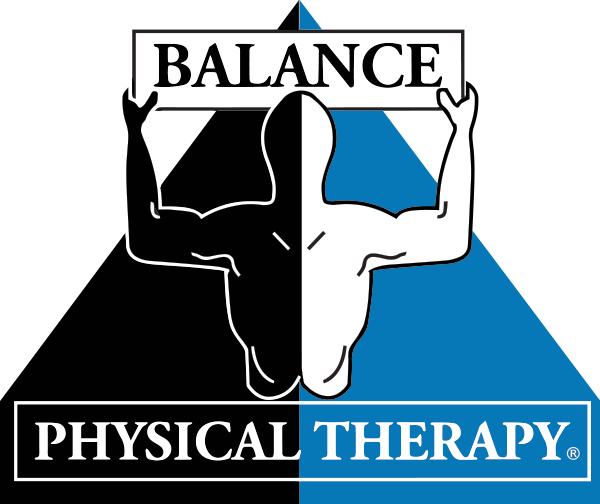Introduction
When it comes to the intricate mechanisms of the human body, the hip joint undoubtedly takes center stage. This remarkable joint allows us to perform a myriad of movements, from walking and running to dancing and jumping. However, over time, the hip joint can succumb to wear and tear, leading to a condition known as hip osteoarthritis. As a Doctor of Physical Therapy with a passion for helping individuals regain their mobility and quality of life, I am excited to delve into the realm of hip rehabilitation and shed light on the transformative role that physical therapy plays in managing hip osteoarthritis.
Understanding Hip Osteoarthritis
I. What is it: Hip osteoarthritis is a degenerative joint disease that primarily affects the cartilage cushioning the hip joint. This once-smooth surface becomes rough and deteriorates, causing pain, stiffness, and reduced range of motion.
II. How does it develop: The development of hip osteoarthritis can be attributed to a combination of factors, including genetics, age, obesity, joint injuries, and mechanical stress on the joint. Over time, these factors contribute to the breakdown of cartilage and the inflammation of the joint. However, there are many factors that determine pain levels, functionality, and need for surgery. Many people living with arthritic joints have no idea they are “bone on bone”.
III. Is it treatable: While hip osteoarthritis may not have a definitive cure, its symptoms can be effectively managed and progression can be slowed down. Similarly, many people with arthritic hips are able to delay or prevent needing surgery. This is where physical therapy comes into play, offering a holistic approach to improving hip joint function and overall quality of life.
The Role of Physical Therapy in Rehabilitation for Hip Osteoarthritis
I. Benefits of Physical Therapy: Physical therapy is a conservative approach to managing hip osteoarthritis. It offers a range of benefits, including pain reduction, improved joint flexibility, enhanced muscle strength, increased stability, and a better overall sense of well-being.
II. How Physical Therapy Aids in Recovery: Physical therapy interventions focus on alleviating pain, improving joint mobility, and strengthening the muscles surrounding the hip joint. Techniques such as manual therapy, therapeutic exercises, and modalities like heat and cold therapy can significantly contribute to the healing process.
III. Individualized Treatment Plans: Each person’s experience with hip osteoarthritis is unique, which is why physical therapy treatment plans are tailored to individual needs. A skilled physical therapist conducts a thorough assessment and collaborates with the patient to create a personalized plan that addresses their specific challenges and goals.
Hip Rehabilitation Exercises
A. Range of Motion (ROM) Exercises: Gentle movements that encourage the hip joint to move through its full range of motion can prevent stiffness and improve flexibility.
B. Strengthening Exercises: Targeted exercises for the muscles surrounding the hip joint, such as the quadriceps, hamstrings, glutes, and hip abductors, can help stabilize the joint and reduce strain on the damaged cartilage.
C. Stretching Techniques: Stretching exercises help maintain or improve flexibility, reducing joint stiffness and enhancing overall functional capacity.
D. Stability and Balance Training: As hip osteoarthritis can affect balance and stability, specialized exercises that challenge and improve these aspects play a crucial role in preventing falls and improving daily activities.
Conclusion
In the grand symphony of the human body, the hip joint serves as a vital instrument, enabling harmonious movement and expression. Hip osteoarthritis may introduce a discordant note, but with the guiding expertise of a Doctor of Physical Therapy, there is hope for restoring the melody of life. The power of physical therapy cannot be underestimated; it offers a path towards pain relief, enhanced function, and improved quality of life.
I encourage anyone facing the challenges of hip osteoarthritis to seek professional guidance. A skilled physical therapist possesses the knowledge, experience, and tools to design a personalized rehabilitation plan that addresses your unique needs. Remember, the journey towards renewed mobility and well-being begins with a single step – a step taken in partnership with a dedicated healthcare professional.
Check out our social media channels for more content on exercises and education related to the human body and health!
